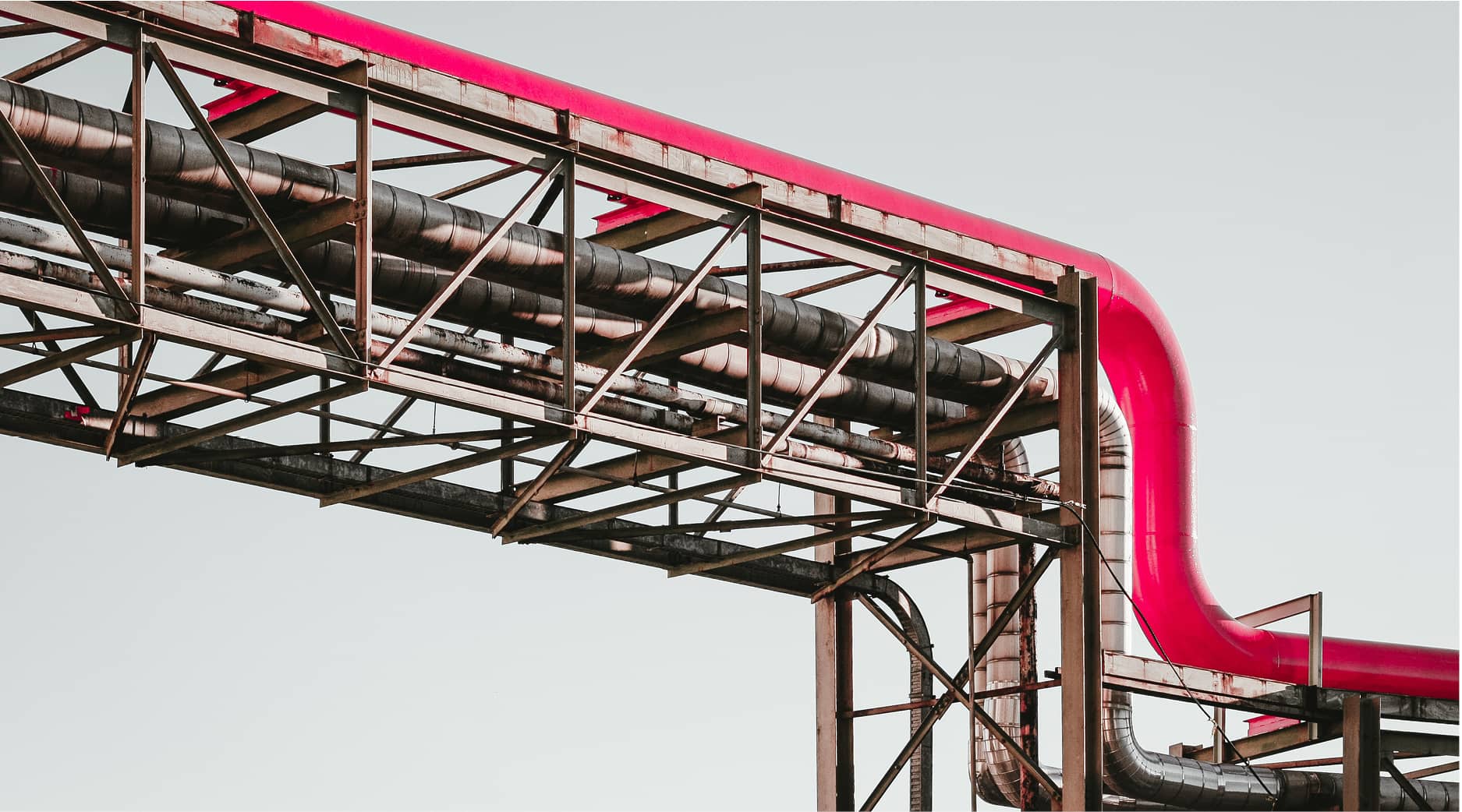[1] Circular 8/2019, of 12 December, of the CNMC, which establishes the methodology and conditions for access and capacity allocation in the natural gas system.
[2 ]The Circular defines other gases as "gases that meet the requirements established by current regulations to be injected into the natural gas grid, different to fossil-origin natural gas and which may or may not require mixing with the gas already circulating in the grid into which they are injected". This definition includes renewable gases, the subject of this Newsletter.
[3] Royal Decree-Law 14/2022, of 1 August, on economic sustainability measures in the transport sector, scholarships and study grants, as well as measures for energy savings, efficiency, and reducing dependency on natural gas.
[4] Royal Decree 1434/2002, of 27 December, regulating activities related to the transport, distribution, commercialisation, supply, and authorisation procedures for natural gas facilities.
[5] https://www.cnmc.es/sites/default/files/editor_contenidos/Energia/Consulta%20Publica/2_RDC_DE_006_25_Memoria.pdf
[6] Law 34/1998, of 7 October, on the Sector of Hydrocarbons. Article 60.3 of the LSH ensures third-party access to the basic grid facilities and transport and distribution facilities of the gas system.
[7] The Circular defines conditional capacity in Article 3.d) as: "firm capacity that involves transparent and predefined conditions to allow access from production plants of other gases to the virtual exchange points, i.e., the maximum allowable flow rate provided for in Article 12 bis of Royal Decree 1434/2002, subject to conditions established in the corresponding connection contract".
[8] Project maturity will be determined based on the following critera in order of priority: (i) the project has a signed connection contract; (ii) the renewable nature of the gas to be produced; (iii) the project's economic aspects, including the acquisition status of the land for the plant, commitments to sell the produced gas, and the progress of the environmental permit process; (iv) the connection request is in process as of the Circular's entry into force; and (v) the project has been awarded public aid.
[9] Connection contracts are linked to renewable gas production plants and cannot be transferred to third parties separately.
[10] According to Article 3.1.e) of the CNMC Circular 2/2020, of 9 January, which establishes natural gas balancing rules, the VBP is defined as the virtual exchange point in the transport grid where users can transfer gas ownership.
[11] Access may be contracted by more than one party, provided that the total conditional capacity does not exceed the conditional capacity established in the plant's connection contract.
[12] Resolution of 10 November 2022, of the CNMC, establishing technical management regulations for the gas system concerning programming, nominations, allocations, balances, management and use of international connections, and self-consumption.




